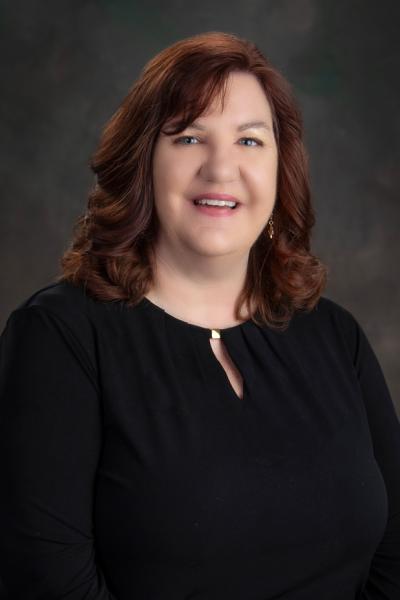Published on October 10, 2024
Myths and Facts about Suicide

By Amy Scott, LCSW, CADC
For The Messenger-Inquirer
After having just recognized suicide prevention month in September, it is important to have an honest discussion about suicide. I lost my dad to suicide 20 years ago. His suicide sent a ripple of shock and pain through the lives of everyone who knew him. I know in my family, that ripple is still felt today. I share this with you because my father was the last person anyone would have thought would take his own life. Anyone can get to the point of contemplating or attempting suicide. Unfortunately, many myths about suicide exist. This article will present some common myths and facts about suicide.
Myth #1: Asking a person about suicide will encourage or give someone the idea to attempt suicide.
In most cases, if you notice signs and symptoms that cause you to worry about suicide, the person has probably had thoughts of suicide. The truth is asking someone directly about suicidal intent decreases their anxiety, opens up communication and lowers the risk of an impulsive act. Your openness and concern in asking about the person’s suicidal intent will allow them to talk about their pain. Most people feel relief that their thoughts are out in the open and this provides an opportunity to process other solutions. Remember suicide is often viewed as a solution to deal with a person’s emotional pain.
Myth #2: Once a person is considering suicide, there is nothing you can do.
Suicide is the most preventable kind of death and almost any positive action may save a life. In fact, most people who are at risk feel suicidal for only a brief period in their lives. They are usually in crisis and experiencing significant emotional pain. Talking to them and showing concern can help alleviate the isolation they feel and open up the possibility for intervention.
Myth #3: Suicide happens without warning.
Many people will show warning signs when they are contemplating suicide. Some examples include: putting their affairs in order, withdrawing from loved ones and favorite activities, mood or behavior changes, buying a gun or stock-piling pills. Some people make statements about feeling hopeless or that others would be better off without them. A person may even make direct statements about wishing they were dead. If you observe warning signs, it is important to talk to the person and listen to them. If you aren’t comfortable having this conversation, find someone who is. If the person says they have been thinking about suicide as a solution, they need professional help.
Myth #4: Improvement following a suicidal crisis means that the risk of suicide is over.
According to MHFA.org, most people who die by suicide do so within three months after the onset of a period of improvement, when people have more energy to turn their suicidal thoughts and feelings into action. Family, friends and providers should be especially vigilant during this time.
Myth #5: Only experts can prevent suicide.
Many people believe that suicide prevention starts with psychiatric professionals. The truth is, the person most likely to prevent someone from attempting suicide is a close friend, family member or co-worker. The QPR institute uses the phrase “Suicide prevention is everybody’s business.” We can all learn more about the signs of suicidal thinking, how to have a conversation about suicide and how to refer someone to professional help if needed.
If you want to know more about suicide prevention, check out the resources listed below or get trained in a suicide prevention program like QPR (Question; Persuade; Refer) or SOS (Signs of Suicide). You can also take Mental Health First Aid and learn how to recognize and respond to anyone who may be struggling with their mental health.
If you or someone you know is struggling with depression or thoughts of suicide and you need counseling or additional resources, call the Employee Assistance Program at 270-688-1547. You can also reach out to the National Suicide & Crisis Lifeline by calling or texting 988.
Amy Scott, LCSW, CADC is a counselor with Owensboro Health EAP & Counseling Service.
About Owensboro Health
Owensboro Health is a nonprofit health system with a mission to heal the sick and to improve the health of the communities it serves in Kentucky and Indiana. The system includes Owensboro Health Regional Hospital, nationally recognized for design, architecture and engineering; Owensboro Health Muhlenberg Community Hospital; Owensboro Health Twin Lakes Medical Center; the Owensboro Health Medical Group comprised of over 350 providers at more than 30 locations; four outpatient Healthplex facilities, a certified medical fitness facility, the Healthpark; a weight management program, and the Mitchell Memorial Cancer Center.
On average each year, we have more than 19,000 inpatient admissions, deliver 2,000 babies and provide the region’s only Level III NICU. Owensboro Health physicians perform nearly 33,000 surgical procedures, including nearly 150 open-heart surgeries. Our physicians and staff have 90,000 Emergency Department visits and more than 1.25 million outpatient visits annually. Visit our home page for more information.